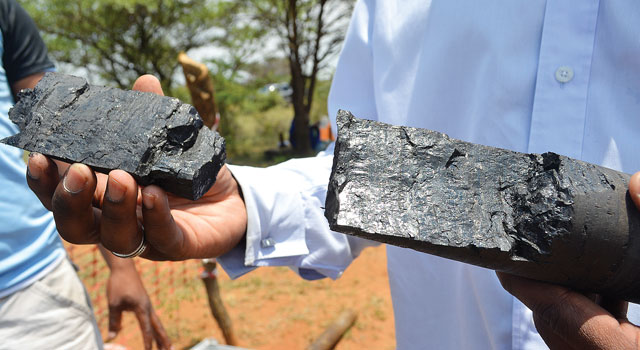KABO DITLHAKENG
While there has not been a power cut or load shedding in Botswana in recent months, Botswana’s power crises are far from over. Botswana, when compared to other power importers from Eskom, enjoys preferential treatment due to the high tariffs it pays the South African Utility. Some experts have posited that Botswana and Eskom’s relationship is symbiotic; with Botswana’s Morupule B Power Station having failed and Botswana facing a power crisis, and the cash strapped Eskom having a significant portion of their operations bankrolled by Botswana tariffs. This is demonstrated by Eskom implementing stage 2 load shedding back home and in other importers in the region, but Botswana remains unscathed by the power rationing. The advent of energy development companies like Shumba Coal spells a ray of hope for the Botswana power industry. Shumba Coal is a Mauritian registered coal mining and energy development company listed on both the Botswana Stock Exchange (BSE) and the Stock Exchange of Mauritius (SEM). The company intends to develop one or more 300MW or larger power stations in addition to producing coal for domestic and regional consumption. Following the company’s announcements on the BSE, the company is aggressive on achieving its set targets. According to the company’s latest annual report, by the end of 2016 the company will have its Sechaba Coal Mine near Palapye up and running and feeding the nearby Morupule Power Station with at least 1.5 million tonnes of coal per annum. On the same year, it will have a power station operating and feeding the national grid. The following year, in 2017, the company will have developed the 300MW Sechaba Power Station to full operation. The power station will derive thermal coal from its mine in the same location and all the 300 MW produced there will be exported to the region, largely Namaibia, Zimbabwe, and Zambia. The company will on the same year have a mine up and running for coal exportation purposes. The company seems well on its way to reaching its targets if the pace at which it hits its target milestones are anything to go by. In January 2014, Shumba Coal acquired prospecting licenses in the Serowe/Palapye area from Impact Minerals for a total of US$800, 000 (cash and in kind). On the same month the company completed its power transmission scoping study. In June 2014, Shumba Coal completed the conceptual design for Sechaba Power Station. On the same month, it raised US$2.2 million from the sale of shares on the SEM. In February 2015, the company acquired the Mabesekwa Coal project from Daheng Group Botswana at the tune of roughly US$6million (cash and in kind). The money was raised to finance the company’s coal projects. In March 2015, Shumba Coal signed Heads of Agreement with Mulilo Renewable Project Developments (Pty) Ltd, for the joint development of the Mabesekwa Export Independent Power Plant (MEIPP) at the Mabesekwa Coal Project. Mulilo is a South African Independent Power Producer (IPP) developer and investor. It works closely with project developers, technology providers, regulators and investors to source and develop premier energy projects. Mulilo has developed over the last few years a portfolio of about 400 MW of grid – connected power plants under various IPP programs run by the Department of Energy in South Africa. Recently, Shumba Coal announced that it has raised over P27 million through the sale of shares on the BSE and the SEM, funds which will be channelled to financing projects discussed above. Gazette Business tried without success to reach Managing Director of Shumba Coal, Mashale Phumaphi, who was said to be travelling, to get a picture of how they are doing in so far as reaching their targets is concerned. In addition to that this publication had the following questions for Phumaphi: Will we have 300MW of electricity flowing into our national grid from the Mabesekwa Power Plant by the end of 2016? Shumba seems to have struggled to raise capital; with most acquisitions paid for partly through share offers, and payments staggered over long periods of time, and funds were raised primarily from the BSE and the SEM. Where are local fund managers, especially given that Shumba Coal and its Sechaba Project were granted “local asset status” by the Non-Bank Financial Institutions Regulatory Authority of Botswana?

